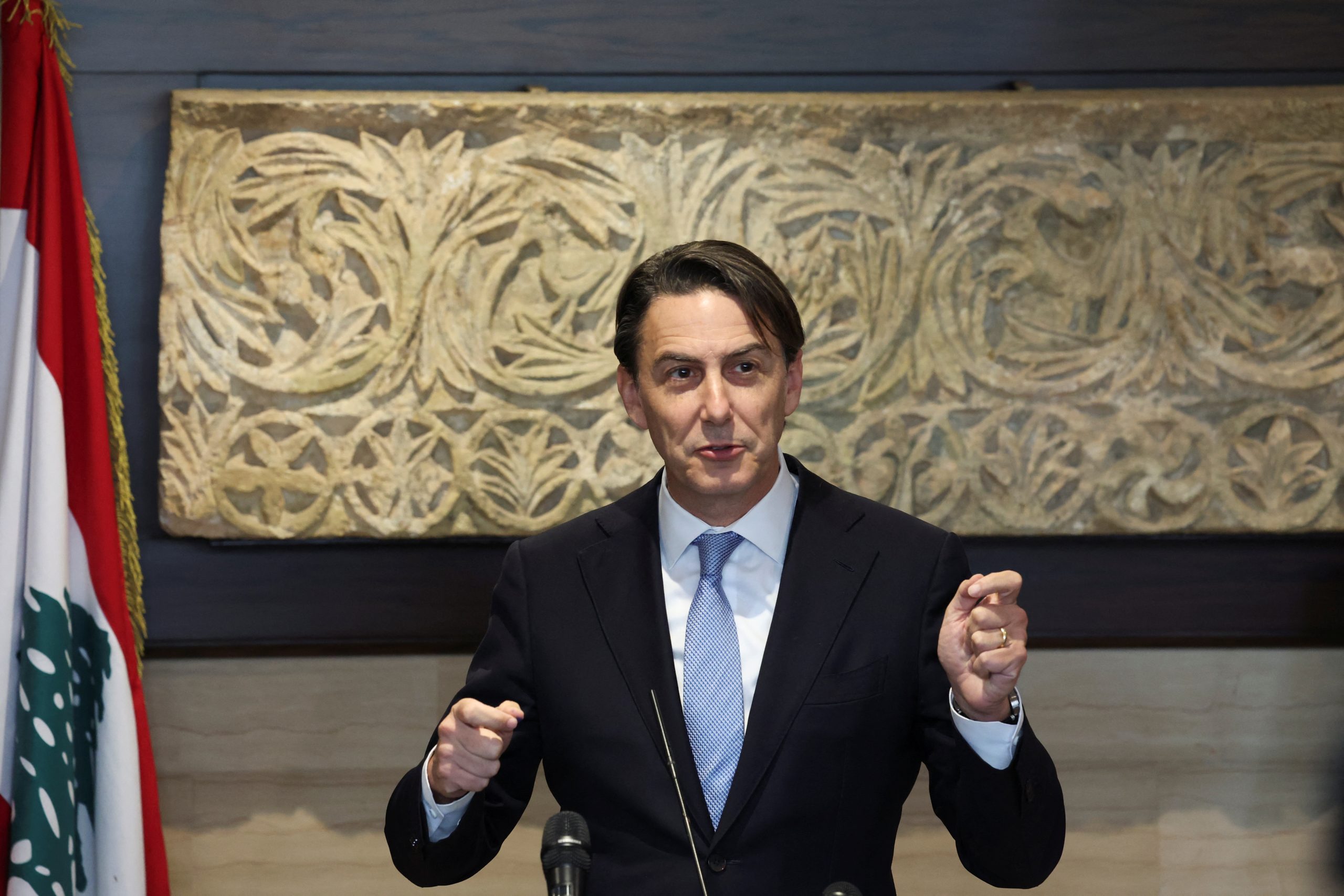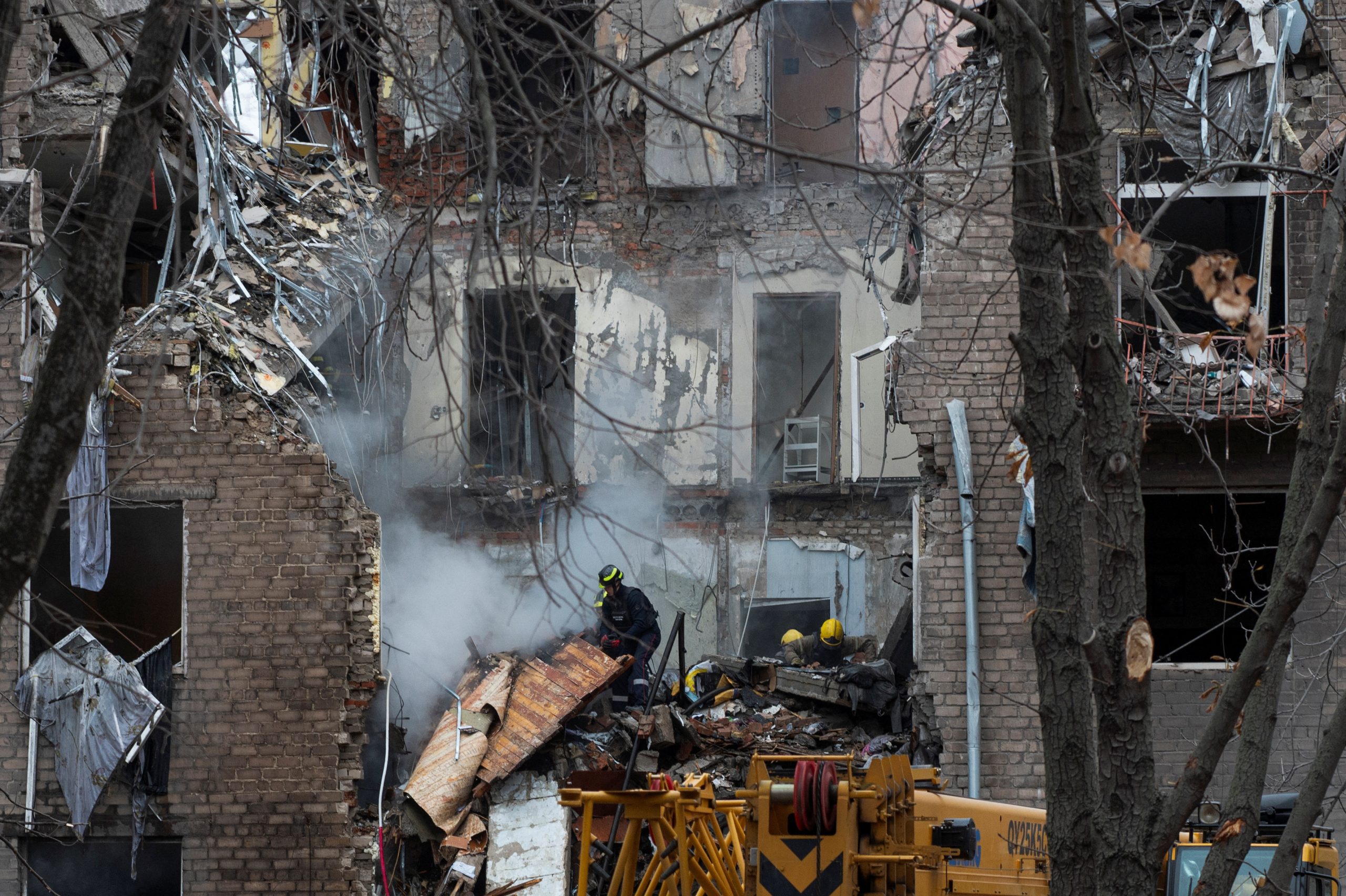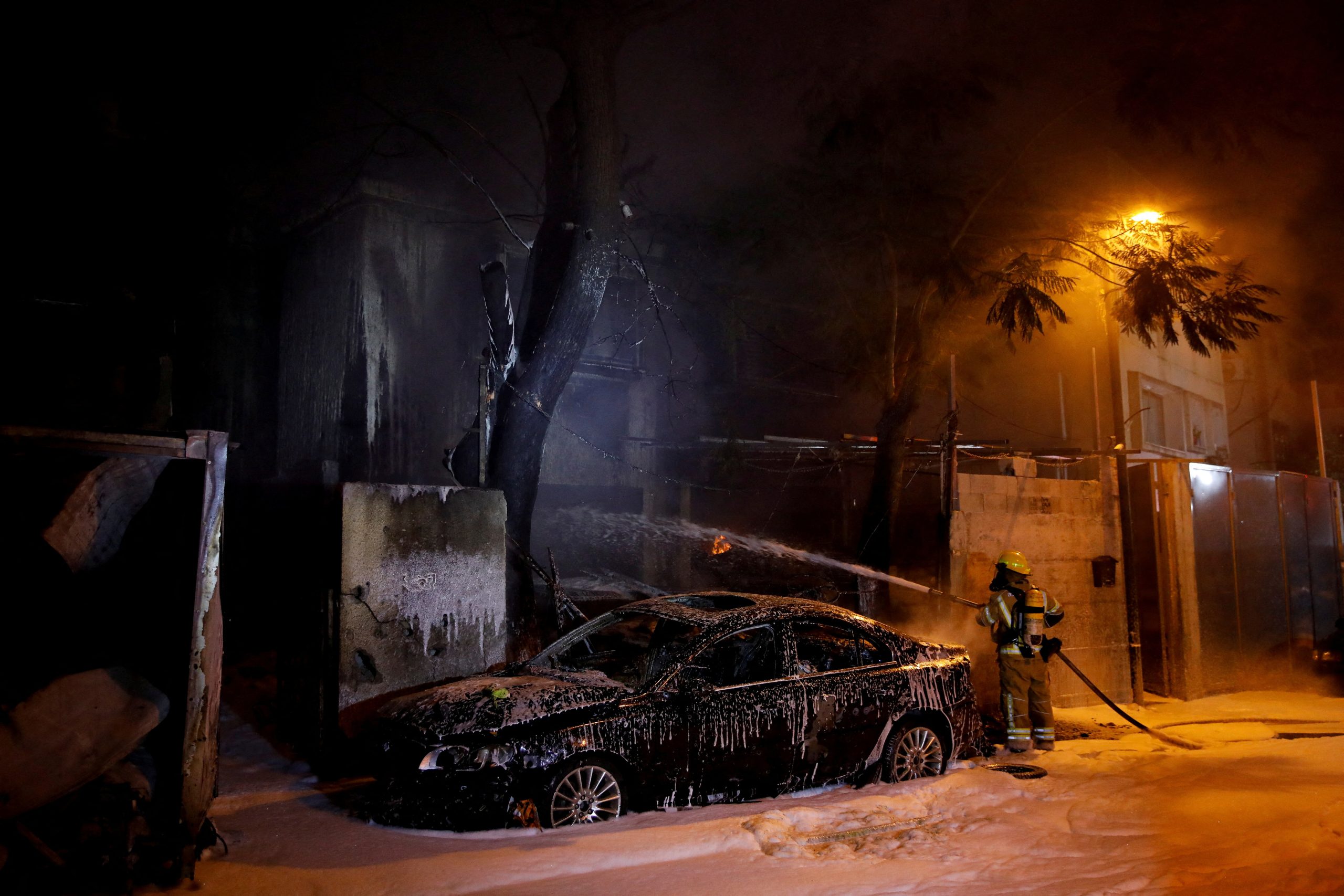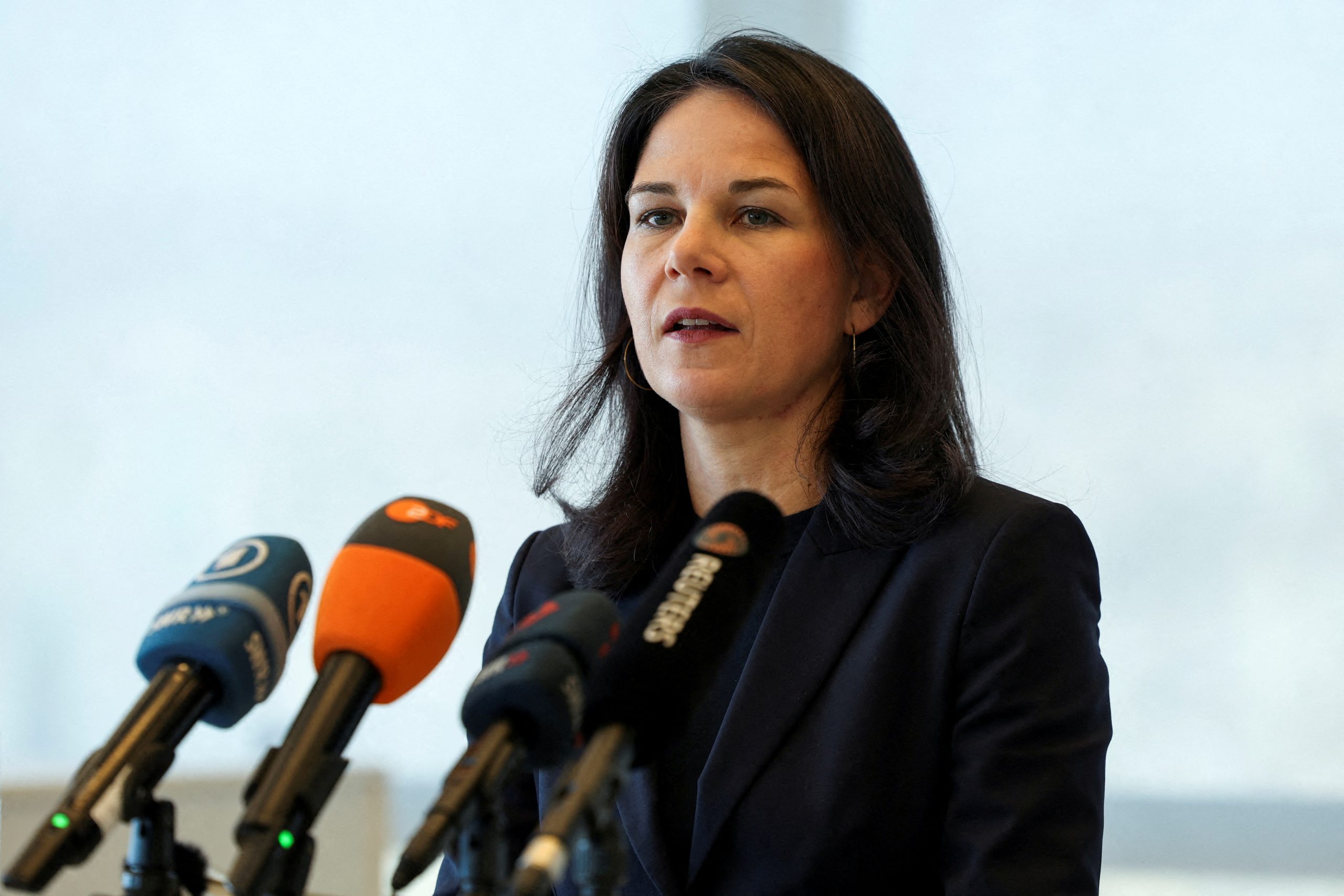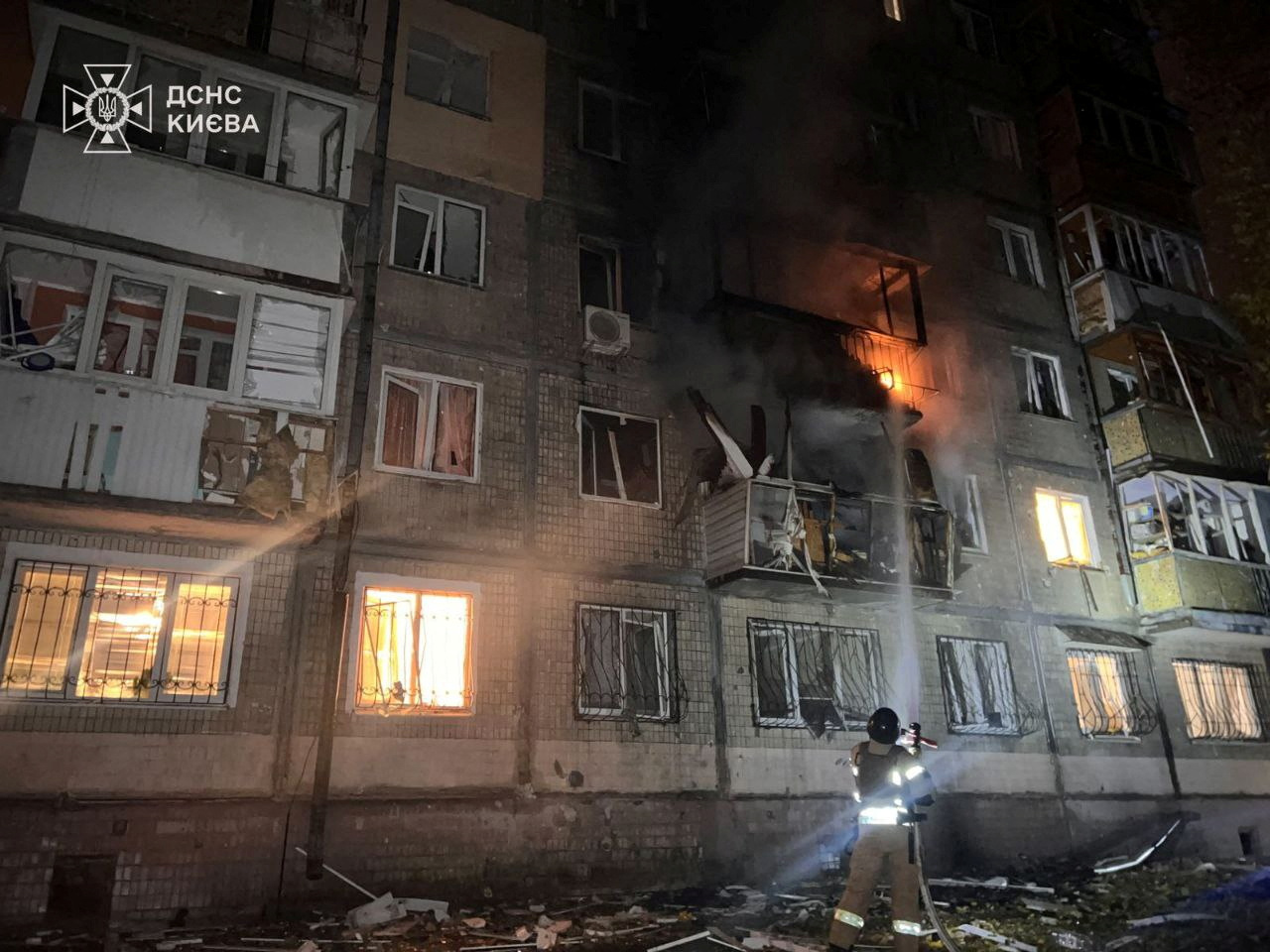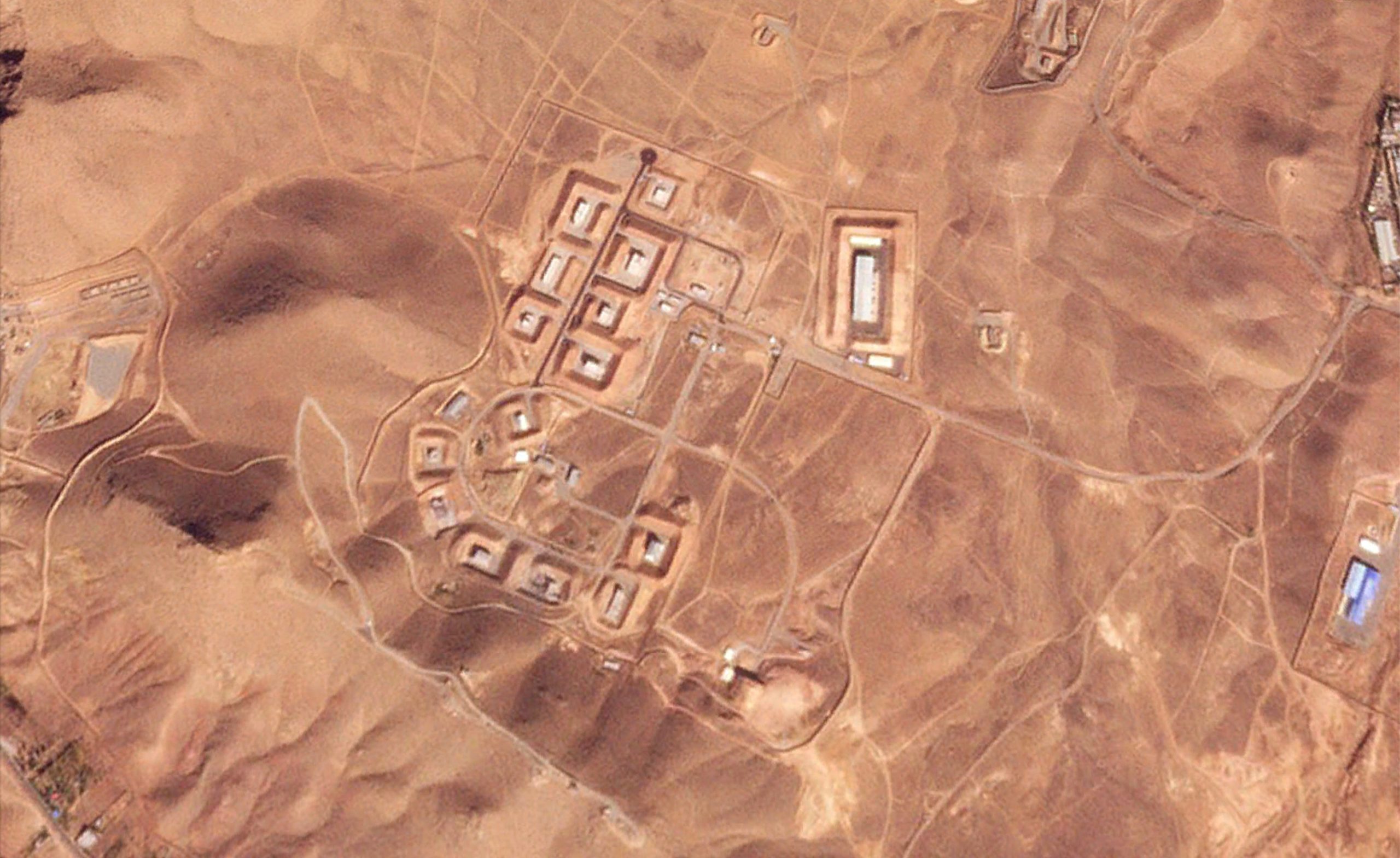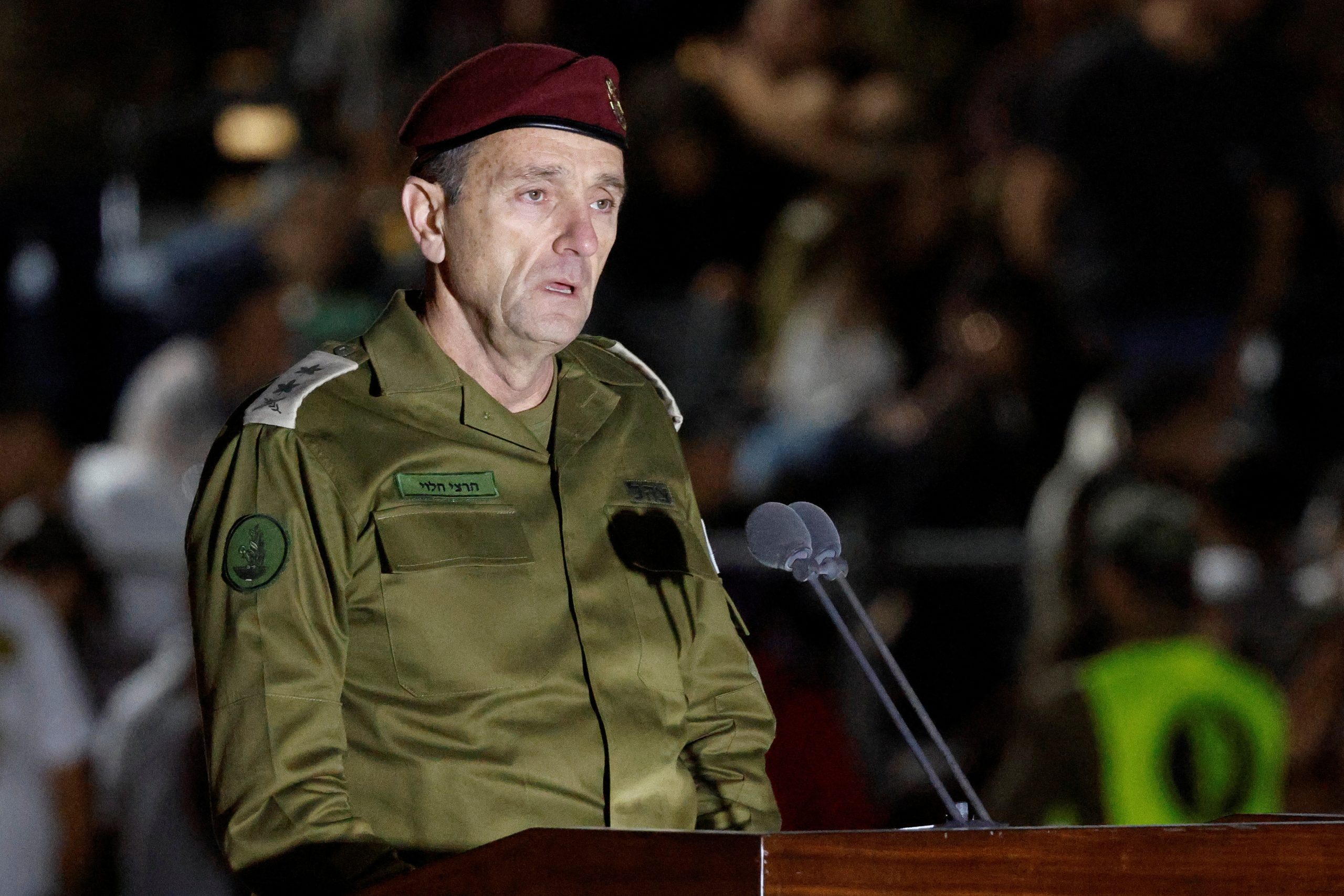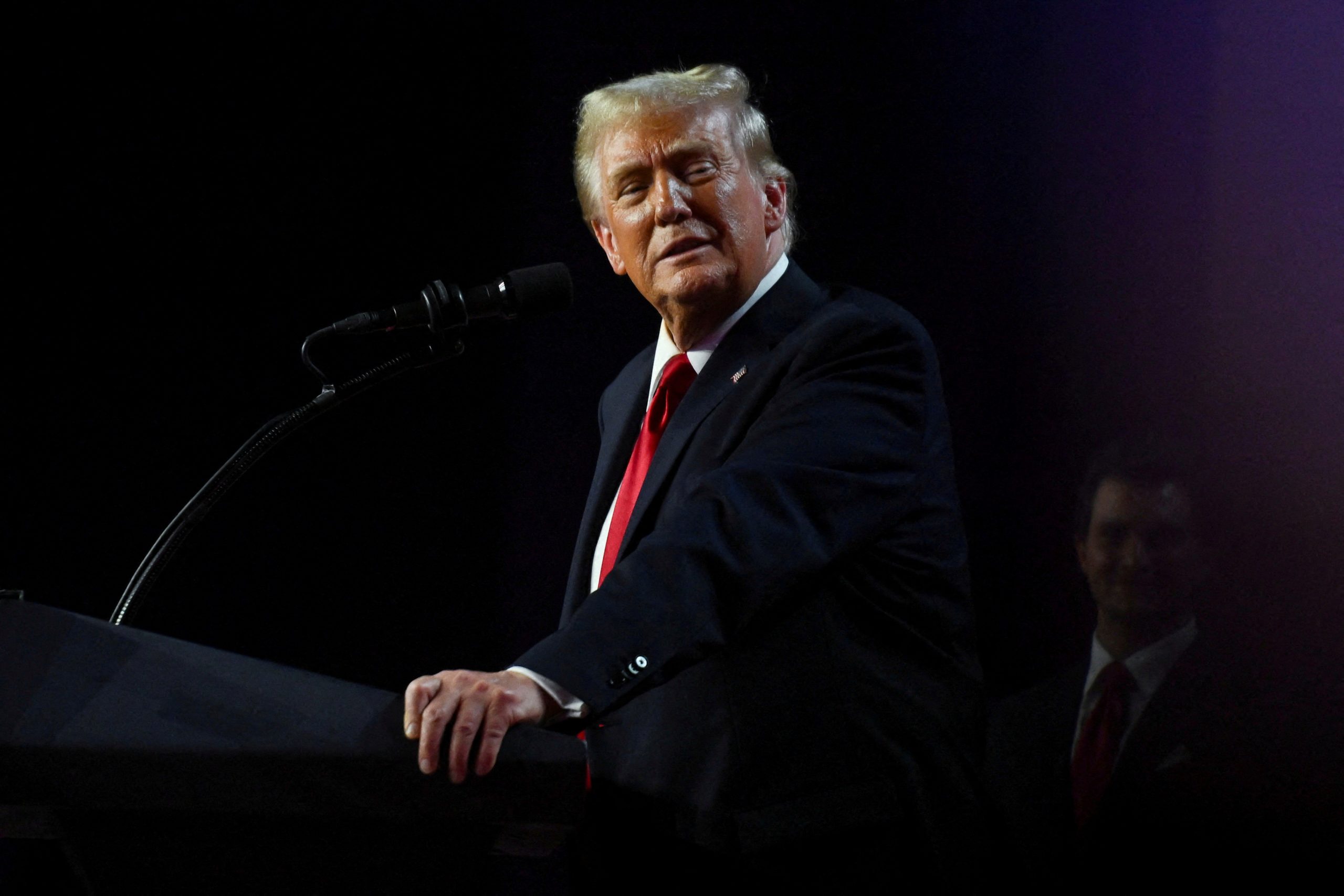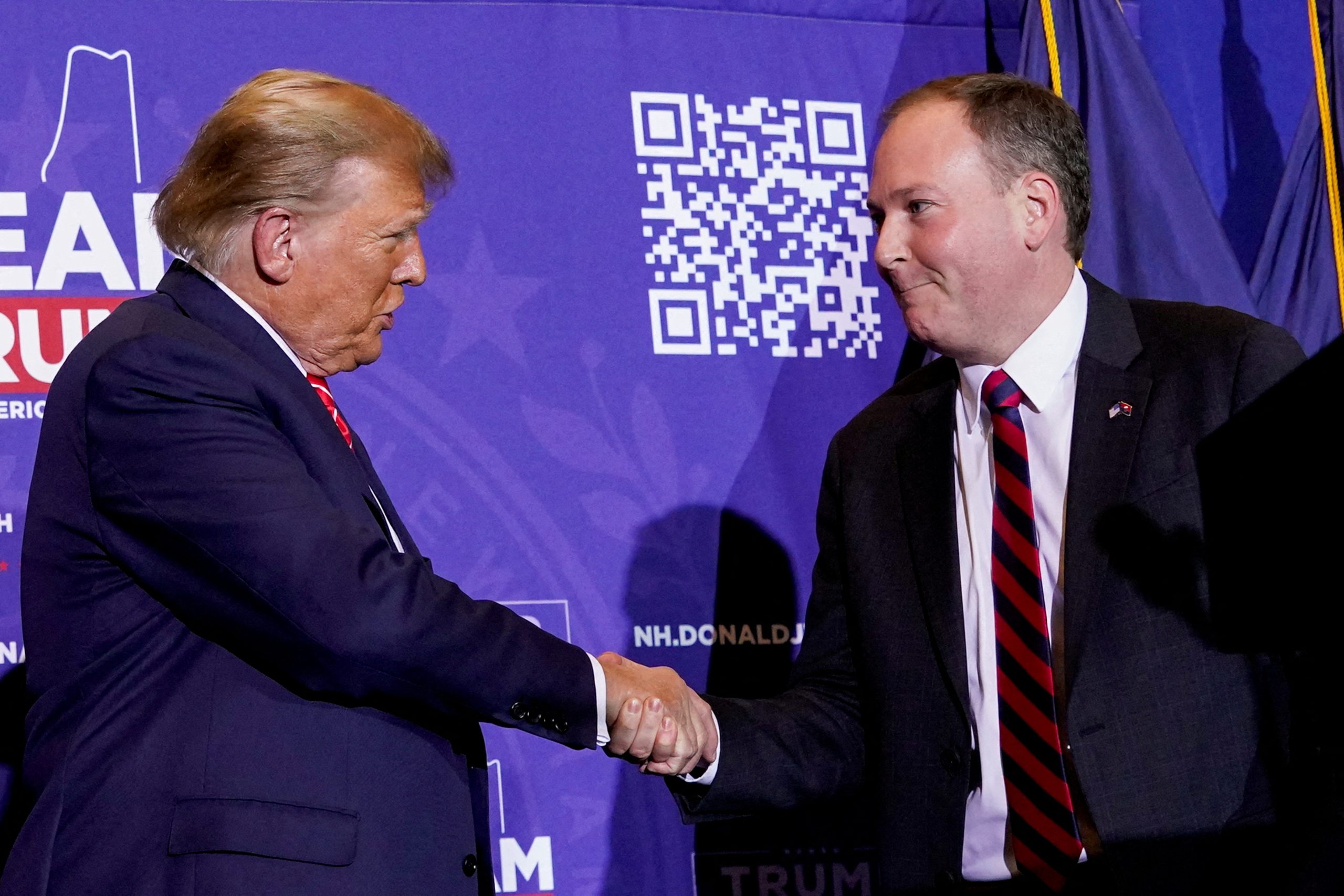In a groundbreaking development, a draft for a Lebanon-Israel ceasefire has surfaced, outlining Israel’s potential withdrawal from southern Lebanon within a week. The ceasefire draft, revealed by Israeli state broadcaster KAN, suggests a roadmap to end hostilities under the auspices of the United States and other international observers, breathing new life into United Nations Resolution 1701.
The draft, reportedly authored by U.S. mediator Amos Hochstein, has been shared with Israeli political leaders, according to KAN. Under the proposed agreement, Hezbollah and other militant factions would be barred from taking action against Israel, with the Lebanese Armed Forces (LAF) designated as the sole armed entity permitted in southern Lebanon alongside the UN Interim Force in Lebanon (UNIFIL).
An official familiar with the draft commented, “This plan aims to restore stability along the Israel-Lebanon border while reinforcing Lebanon’s sovereignty through a reliable, internationally backed framework.” The draft’s specifics hold that the Lebanese government will monitor all arms sales and domestic arms production, addressing longstanding concerns over the arming of Hezbollah and other factions.
Furthermore, Israel would halt all military operations in Lebanon, including targeted strikes on government or military sites, allowing UNIFIL and the LAF to re-establish control over the region. The draft stipulates a rapid timeline, with Israeli forces expected to complete their withdrawal from southern Lebanon within a week of the ceasefire signing.
This planned U.S.-supervised process signals Washington’s intensified diplomatic role in the region, ensuring that Lebanon remains a weapons-free zone beyond the reach of non-state actors. As these talks unfold, the international community closely watches this emerging framework for peace and stability along one of the Middle East’s most contentious borders.
Sources for this article include: Jerusalem Post, Reuters.

